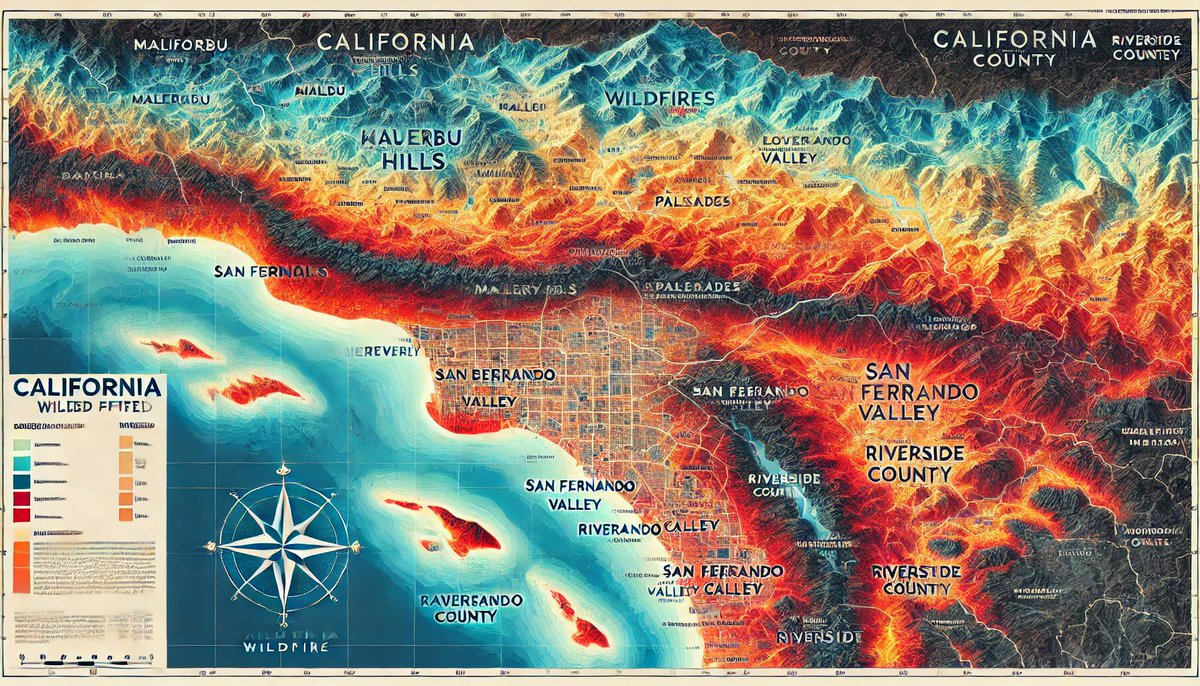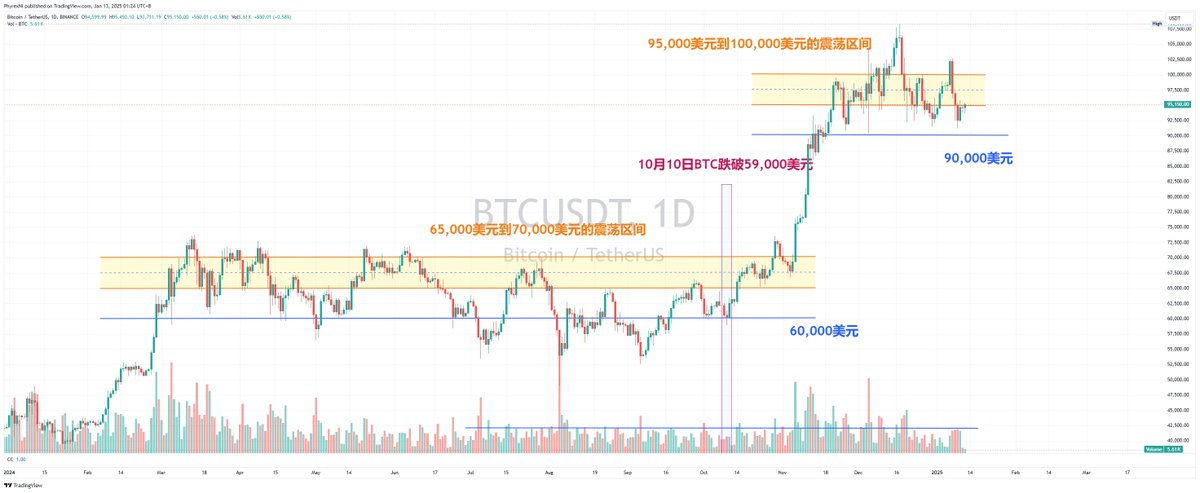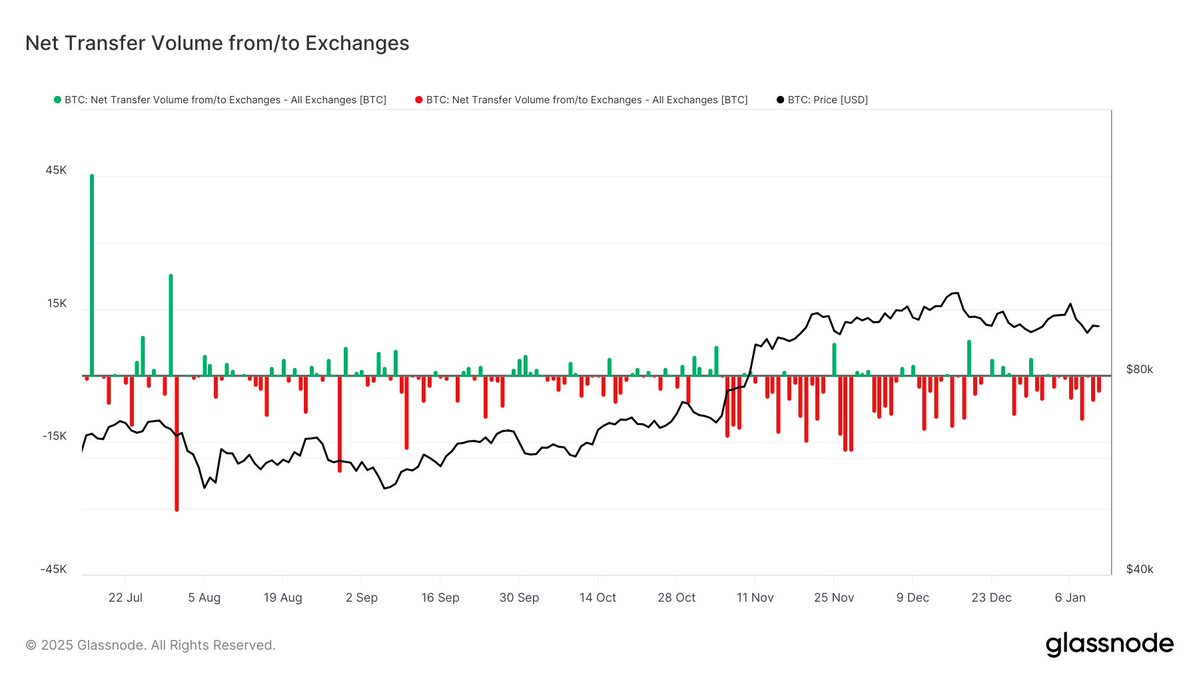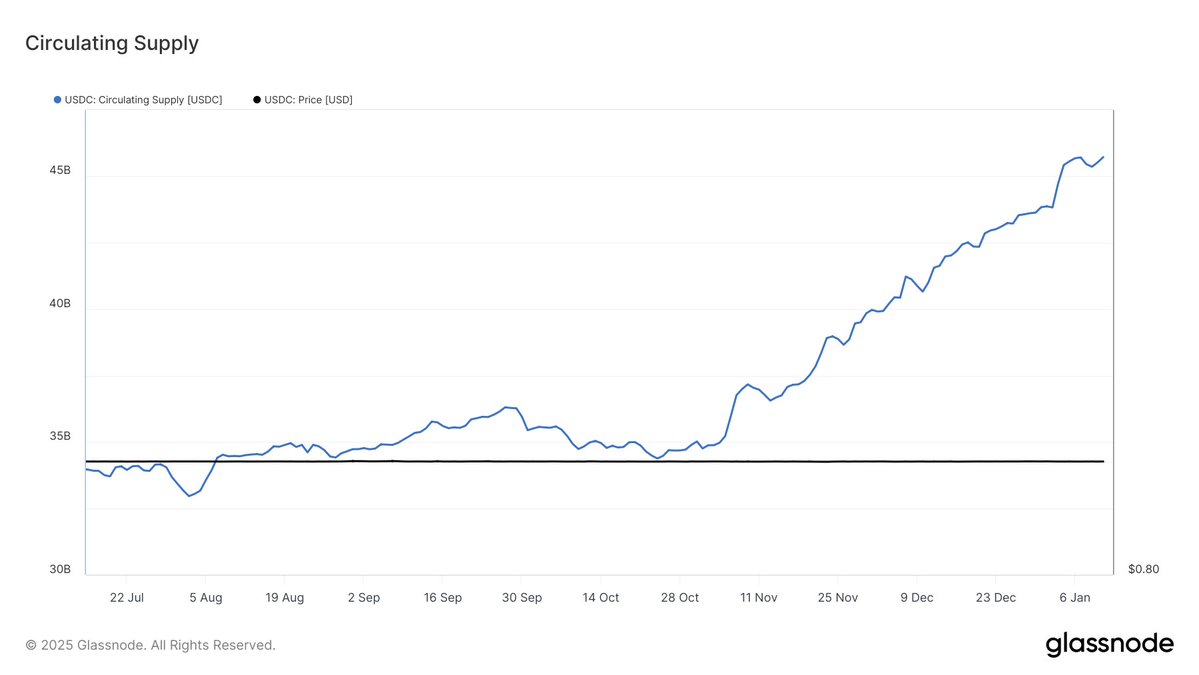In the past two days, many friends have been discussing the impact of the California wildfires on the cryptocurrency industry. Today, I also reviewed a lot of information and have the following analyses, which may be the most detailed article on the impact of the California wildfires on the economy in both Chinese and English online:
First, a summary:
The recent California wildfires have little impact on cryptocurrencies, especially #Bitcoin.
Reasons:
- From a liquidity perspective, it is indeed not a good thing.
The economic losses caused by the California wildfires may reach between $135 billion and $150 billion, accounting for about 4% of California's annual GDP, with insurance losses expected to exceed $20 billion. This means that there are over $100 billion in uncovered losses, including property losses such as homes and vehicles.
This portion of funds is likely to be compensated through other assets, meaning that some of the funds, including those from U.S. stocks, U.S. bonds, and cryptocurrencies, may indeed be used for reconstruction (thanks to @liujia0224 for providing the idea that led me to find this data).
This portion of funds may lead to a pullback in some risk markets, and the fire started in early January and has not yet ended. More importantly, the resettlement work has not been completed; only part of it has been done, and there will still be a lot of follow-up work that needs to be arranged.
In simpler terms, it is not yet time to spend a lot of money; it will take several months before that happens. Even for those who need to spend a lot of funds in risk markets, it is temporarily not needed because it is not yet time to spend big.
- Who is most affected by the fire?
As mentioned earlier, there will be an impact on liquidity because money is needed for reconstruction, but we need to understand how significant this impact on liquidity is by looking at the effects of the fire. The main areas affected by the California wildfires are wealthy neighborhoods such as Palisades, Malibu, and Hollywood Hills. These areas are usually located on the outskirts of cities or in foothill regions, with low residential density but large coverage.
It seems that the losses in wealthy areas are the greatest, but wealthy neighborhoods often have the densest insurance coverage. For wealthy areas, while a major fire may cause significant losses, it may not be devastating. Whether the losses must be compensated through risk markets is uncertain, but for traditional wealthy Americans, they generally do not allocate all their assets to risk markets. Even if a fire burns down a house, it will not affect core assets; at most, it will be some fixed assets, most of which are still covered by insurance. Therefore, the amount of risk market funds that may need to be used for compensation may not be substantial.
On the other hand, middle- and low-income areas are smaller than wealthy areas, but due to higher density and less enthusiasm for insurance, the losses may be greater. Conversely, middle- and low-income individuals may be more likely to tap into risk assets.
But how much risk assets do middle- and low-income individuals have, and how much of that is covered by cryptocurrencies?
I have a set of data. According to a report from the Federal Deposit Insurance Corporation (FDIC) in 2023 (to be released on November 12, 2024), 7.3% of households with an annual income of $75,000 or more use cryptocurrencies, while only 1.1% of households with an annual income of less than $15,000 use cryptocurrencies. Therefore, the proportion of middle- and low-income individuals holding cryptocurrencies is even lower. By the way, the data shows that the wealthiest 10% of households hold 93% of all stock assets, while the lowest 50% of households hold only about 1% of stock assets.
So I believe that middle- and low-income individuals will allocate very little to risk assets, including U.S. stocks and cryptocurrencies. Even if they hold some cryptocurrencies, even if this portion is used for post-disaster reconstruction, first, it is not yet time to spend a lot of money; second, the amount is very low and will hardly have a decisive impact on the market.
- Does the California wildfire have a direct impact on cryptocurrencies?
I have thought for a long time about how to express this topic. I want to use a more tactful narrative because this is a tragic event. From the outcome, it is certainly a bad thing. Even though some investors may have lost their private keys due to the fire, resulting in some assets potentially being permanently locked on the blockchain, this is not a good thing. To consider this as a positive is a very inhumane thing.
I also recommend that everyone manage their private keys more carefully. Hardware mnemonic devices may become more popular, and it is best not to have only one copy of the mnemonic phrase; keeping it in different places will be safer.
At the same time, I also think it is a very good thing for SAB121 to be abolished as soon as possible, so that many investors, whether traditional or not, can entrust some idle funds to banks, which will be safer, even though it will be more Web2.
This is also why I have repeatedly stated that #BTCFi is bound to be the most powerful tool to connect traditional markets and cryptocurrency markets, allowing BTC assets to be more reasonably managed through compliant brokers and banks to achieve risk avoidance. Even if private keys are damaged, it will not affect the assets stored with brokers.
- From the data, what is the impact of the California wildfires on cryptocurrencies?
First, looking at the trading volume of mainstream coins like #BTC and #ETH, it has not increased due to the fire; for example, more users exiting, and even due to macro declines, there has been no explosive trading volume. Currently, it is still in a low liquidity situation, which is slightly better than during Christmas and New Year, but still at a lower level compared to before, so there are no signs of mass panic or exit.
In my daily work, I also posted the turnover rate of BTC, and I did not find any significant increase in turnover rate. Even the inventory on exchanges continues to decline (as posted in yesterday's tweet), indicating that there are no obvious signs that the fire has caused investors to release their holdings.
Moreover, from the net flow data of exchanges, it can also be seen that since the fire occurred, more BTC has been transferred out of exchanges rather than into exchanges, so the impact of the fire on #BTC is lower.
- From a funding perspective, what is the impact of the fire on cryptocurrencies?
This fire in California, if it has any impact, will certainly affect more U.S. investors, and U.S. investors are more likely to use USDC than USDT. From the market capitalization of USDC over the past six months, it can be seen that the market capitalization of USDC has been continuously increasing during this period, which indicates that a large number of U.S. users are entering the cryptocurrency market rather than leaving it.
Therefore, in summary, although the California wildfires are quite devastating, the actual impact on risk markets, especially the cryptocurrency market, is not significant. Even if there is some withdrawal, it will be very limited, and it may not even happen right now.
May the world be at peace, and may the affected residents return to normal life soon.
This tweet is sponsored by @ApeXProtocolCN | Dex With ApeX




免责声明:本文章仅代表作者个人观点,不代表本平台的立场和观点。本文章仅供信息分享,不构成对任何人的任何投资建议。用户与作者之间的任何争议,与本平台无关。如网页中刊载的文章或图片涉及侵权,请提供相关的权利证明和身份证明发送邮件到support@aicoin.com,本平台相关工作人员将会进行核查。




